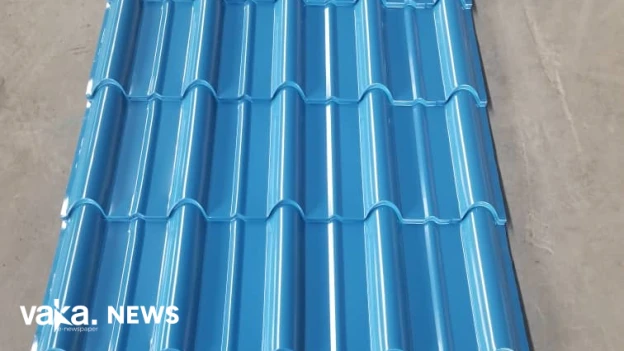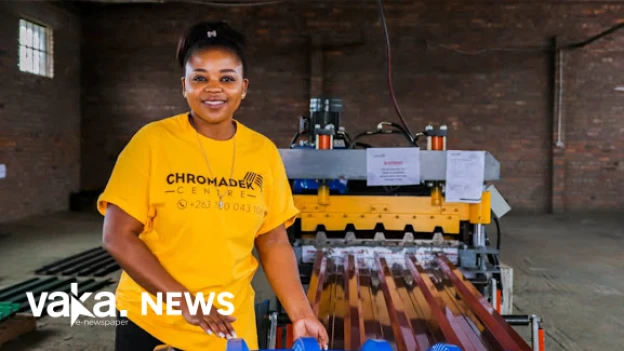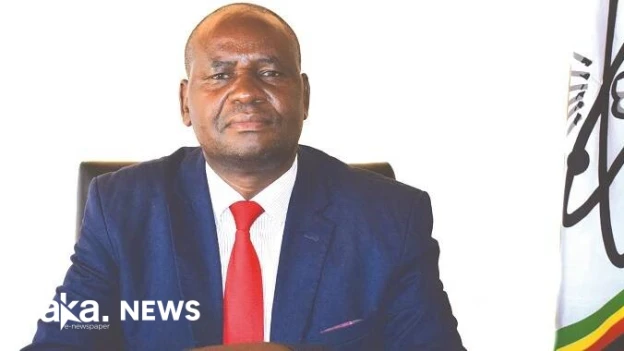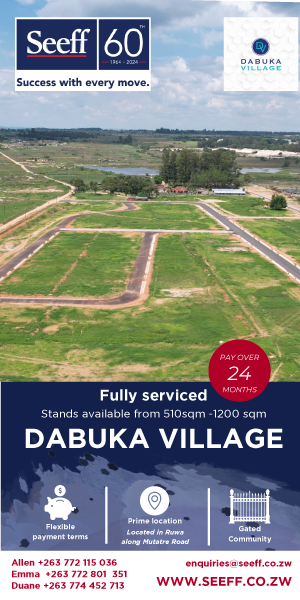Khayah Cement liquidity shrinks in H1 2023
- Category: Hardwares

- By Dion Kajokoto
CEMENT manufacturer, Khayah Cement Limited, had ZWL$0,61 to every dollar of short-term debt as at the end of June 30, 2023, threatening the firm’s ability to generate capex, it has been revealed.
According to the company's half-year financial report, which ended on June 30, 2023, the current ratio was 0.61. This suggested that, going into the second half of the company's fiscal year, Khayah would not have much capital to invest in the nation's expanding building projects.
According to the report, the company's trade and other payables—amounts owed to suppliers for goods or services obtained on credit—were the cause of its declining liquidity. During the period, they increased by 136.3 percent to ZWL$74,12 billion compared to the similar 2022 time frame.
In addition, Khayah observed that other sums owed in its related party payables increased by 373,38% to ZWL$42,53 billion during the period as compared to the comparison for 2022.
The second quarter of last year's foreign currency exchange losses, which resulted in a revaluation of the long-term borrowing denominated in foreign currencies, was the primary reason of the cement manufacturer's enormous debt.
The company's operational loss, adjusted for inflation, increased to ZWL$378,4 billion from ZWL$38,7 billion in the previous period. In a statement attached to the results under examination, Kumbirayi Katsande, the chairman of Khayah's board, stated that the foreign currency exchange losses resulting from the revaluation of the foreign currency-denominated long-term borrowing were the main cause of the increase in the operating loss position.
The local currency's depreciation against the US dollar, which went from US$1,671,45 at the end of December 2022 to US$1,5,739.80 by the end of June 2023, was the cause of this. The company's overall loss position increased from ZWL$48,8 billion in the previous year's comparative period to ZWL$265,2 billion.
He stated that as of June 30, 2023, the company's net long-term borrowings were ZWL$268,3 billion, down from ZWL$62,6 billion in the previous year.
Over the comparison period, "inflation-adjusted revenues increased by 210% to close at ZWL$99,8 billion (2022: ZWL32,2 billion)," according to Katsande.
"Whereas aggregates and dry motor volumes increased by 213% and 211% respectively versus the same period last year, cement volumes increased by 117% as production ramped up following the restoration of the collapsed cement mill roof and commissioning of the new vertical cement mill."
Despite garnering 89% of its revenue in foreign currency during the period under review—a 100% increase from the 2022 comparative period—the company reported an overall loss.
Due to foreign exchange losses, administration and distribution costs increased by 138.16% to ZWL$41,08 billion in 2022 compared to the same period in 2022.
We continue to have a favorable outlook for the medium- to long-term, with development in government-funded infrastructure projects, the individual household sector, and agriculture projected to serve as the foundation for sustainable growth. Positive medium-to long-term prospects continue, according to Katsande.
Due to the difficulties encountered during the year under review, Khaya's total assets increased 24,2% to ZWL$236,97 billion throughout the period compared to the 2022 comparable.






